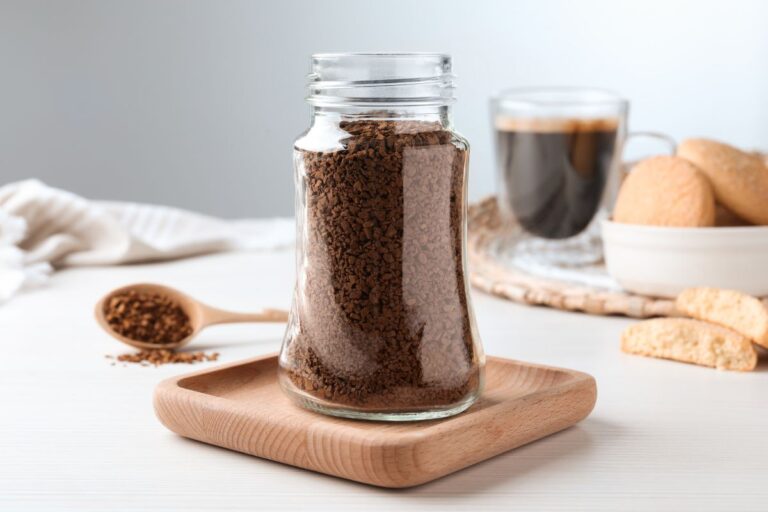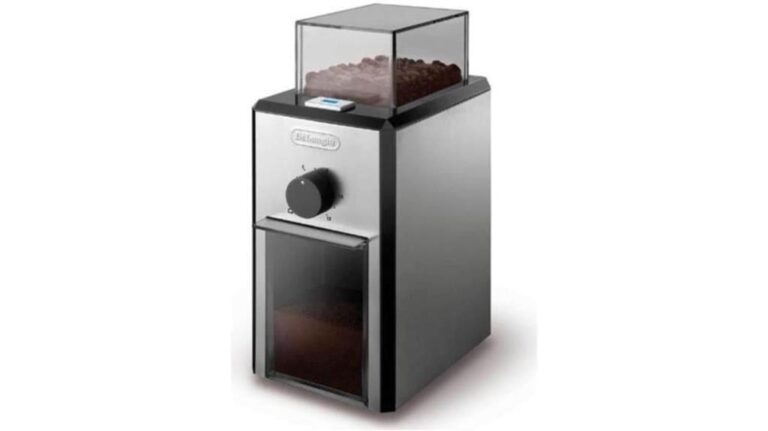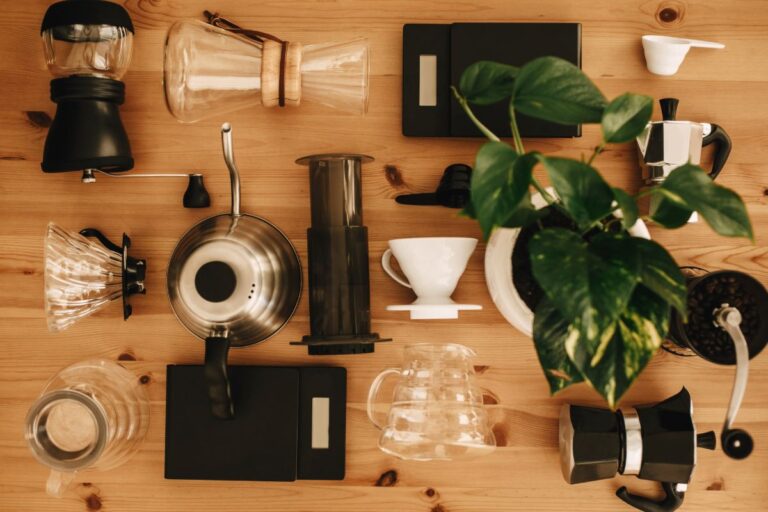The Ultimate Showdown: Arabica Vs Robusta – Which Coffee Bean Reigns Supreme?
In the world of coffee, two beans stand as titans: Arabica and Robusta. With distinct origins and cultivation methods, these beans offer unique flavor profiles, caffeine content, and price points. Each vies for dominance, boasting distinct flavors and characteristics.
Arabica coffee beans taste better and have a more diverse flavor profile including floral and fruit notes, but are much harder to grow. Robusta beans are bitter and more intense, with earthy flavors. Robusta has more caffeine, is easier to produce, and usually used for blends and instant coffee.
As coffee enthusiasts search for the ultimate brew, the debate on which bean reigns supreme intensifies. This article delves deep into the showdown between Arabica and Robusta, evaluating their attributes, popularity, and consumer preference. Join us on this journey to uncover the true champion of the coffee realm.
Arabica Vs Robusta Coffee: Origins and Cultivation
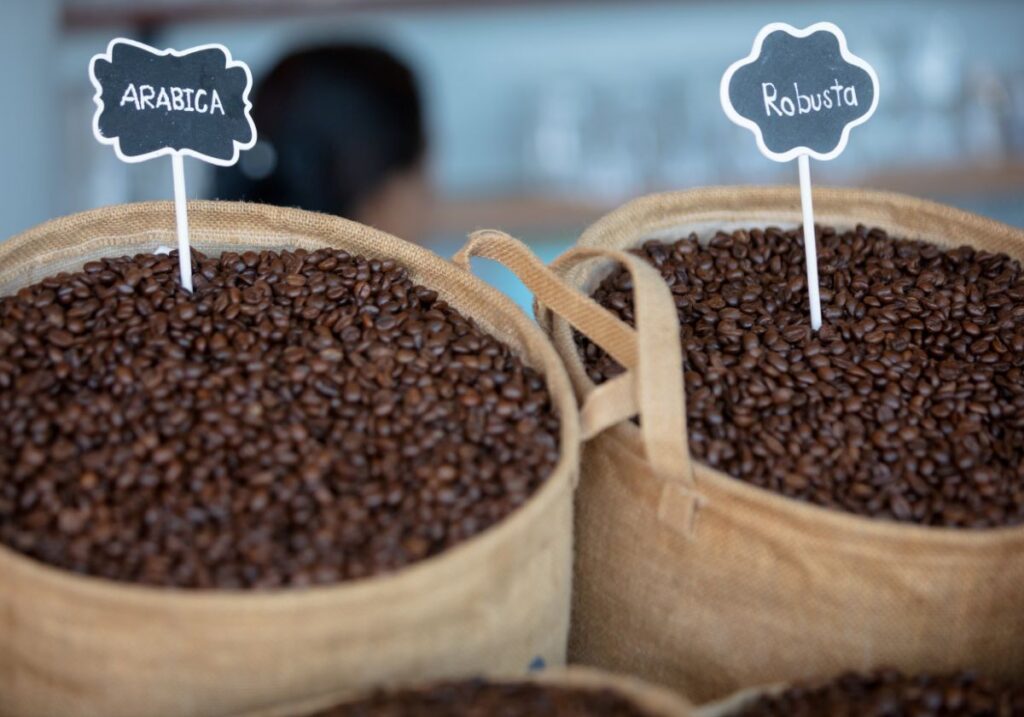
The origins and cultivation of Arabica and Robusta coffee beans differ significantly, making them distinctive in terms of taste, quality, and growing conditions.
Arabica coffee beans are believed to have originated in the highlands of Ethiopia, where they were first cultivated around the 9th century. Today, they are grown in numerous countries across the world, including Colombia, Brazil, and Ethiopia itself.
Arabica plants thrive in altitudes ranging from 2,000 to 6,000 feet, with a preferred temperature range of 60 to 70 degrees Fahrenheit (15 to 21 degrees Celsius). They require well-drained soils, rich in organic matter, and are susceptible to diseases such as coffee rust.
Robusta coffee beans have their origins in central and western sub-Saharan Africa. They were introduced to other parts of the world in the 19th century. Robusta coffee plants are more resilient and can withstand harsher conditions compared to Arabica. They can be grown at lower altitudes and in a wider range of temperatures, from sea level to 2,000 feet. Robusta beans also have a higher caffeine content and a more bitter taste, which is often preferred in espresso blends.
With harvesting methods, both Arabica and Robusta can be hand-picked or mechanically harvested. However, due to the higher altitude and difficult accessibility of Arabica plantations, hand-picking is more common for Arabica beans. This labor-intensive method ensures that only ripe cherries are selected, resulting in higher-quality beans. Robusta beans are often mechanically harvested due to their lower altitude and easier accessibility.
Weird Coffee Tip: The pursuit of the perfect grind is an ongoing quest for many coffee lovers. To discover the best way to grind your coffee beans and the best grinder to use, read this article:
CafeSing Orca Hand Grinder: A Convergence of Craftsmanship and Coffee Mastery
Flavor Profiles and Aromas

When comparing the flavor profiles and aromas of Arabica and Robusta coffee beans, there are notable distinctions that differentiate the two varieties. Arabica beans are known for their delicate and nuanced flavors, often described as having a wide range of fruity, floral, and wine-like notes. Robusta beans are known for their stronger and more bitter taste, often described as having earthy, woody, and sometimes even nutty flavors.
To further understand the flavor differences between the two varieties, it is important to consider the brewing methods and techniques used. Arabica beans tend to be more versatile and can be brewed using various methods such as pour-over, French press, or espresso, allowing their unique flavors to shine through. Robusta beans are commonly used in espresso blends to provide body and crema.
Another factor that influences the flavor profiles of both Arabica and Robusta beans is the roasting level. Lighter roasts tend to highlight the natural flavors of Arabica beans, while darker roasts bring out the boldness and bitterness of Robusta beans. It is worth noting that the roasting process can greatly impact the overall flavor and aroma of the coffee, so finding the right balance is crucial.
Arabica and Robusta beans offer distinct flavor profiles and aromas, each catering to different preferences and brewing methods. Understanding the impact of brewing techniques and roasting levels is essential in choosing the right coffee bean to create the perfect cup of coffee.
| Flavor Profiles | Arabica | Robusta |
|---|---|---|
| Taste | Delicate, fruity, floral, wine-like | Strong, bitter, earthy, woody, nutty |
| Brewing Methods | Pour-over, French press, espresso | Espresso blends |
| Roasting Levels | Lighter roasts highlight natural flavors | Darker roasts bring out boldness and bitterness |
Caffeine Content and Energy Boost
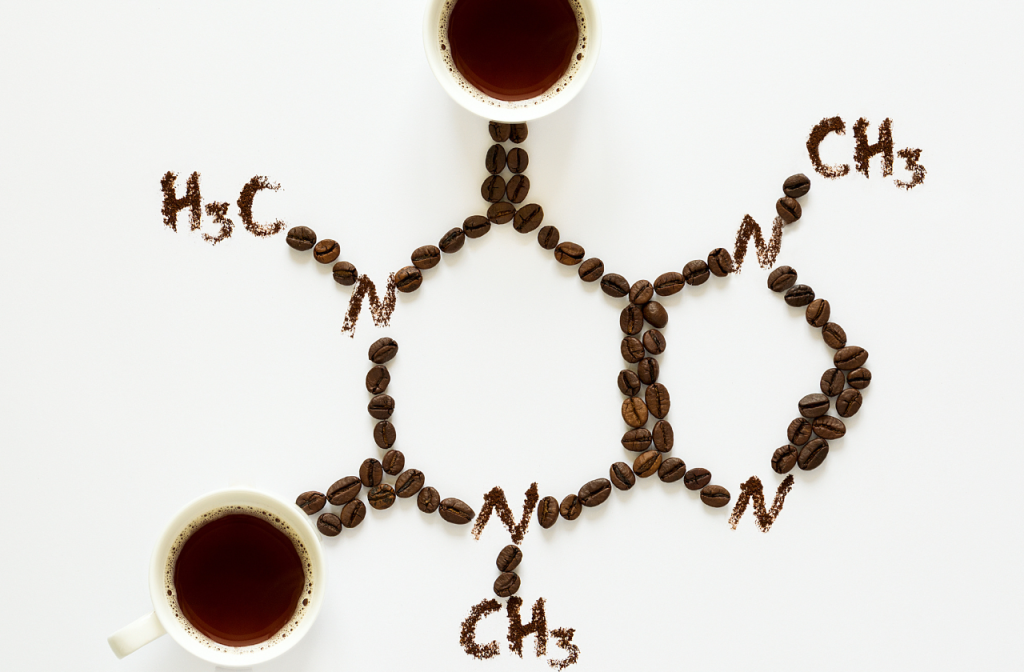
Arabica and Robusta coffee beans differ significantly in their caffeine content and the energy boost they provide. Caffeine is a natural stimulant found in coffee that can have varying effects on individuals depending on their caffeine sensitivity.
Arabica beans, known for their mild and nuanced flavors, contain approximately 1.2% caffeine content, while Robusta beans, with their bold and bitter taste, have around 2.2% caffeine content. This disparity in caffeine levels translates to a noticeable difference in the energy boost provided by these coffee beans.
For those who are more sensitive to caffeine, Arabica coffee may be the preferred choice. Its lower caffeine content can provide a gentler and more sustained energy boost without the jitters or crashes commonly associated with higher caffeine consumption.
Individuals who desire a stronger and more immediate pick-me-up might opt for Robusta coffee. Its higher caffeine content delivers a more robust and intense energy boost, which can be particularly beneficial for those who require a quick burst of energy.
In addition to their impact on energy levels, both Arabica and Robusta beans offer certain health benefits. Caffeine, when consumed in moderation, can enhance cognitive function, boost metabolism, and improve physical performance. It also contains antioxidants that may help protect against certain diseases. It is important to note that excessive caffeine consumption can lead to adverse effects such as anxiety, insomnia, and digestive issues. Therefore, it is crucial to be mindful of one’s caffeine sensitivity and intake.
Price and Accessibility
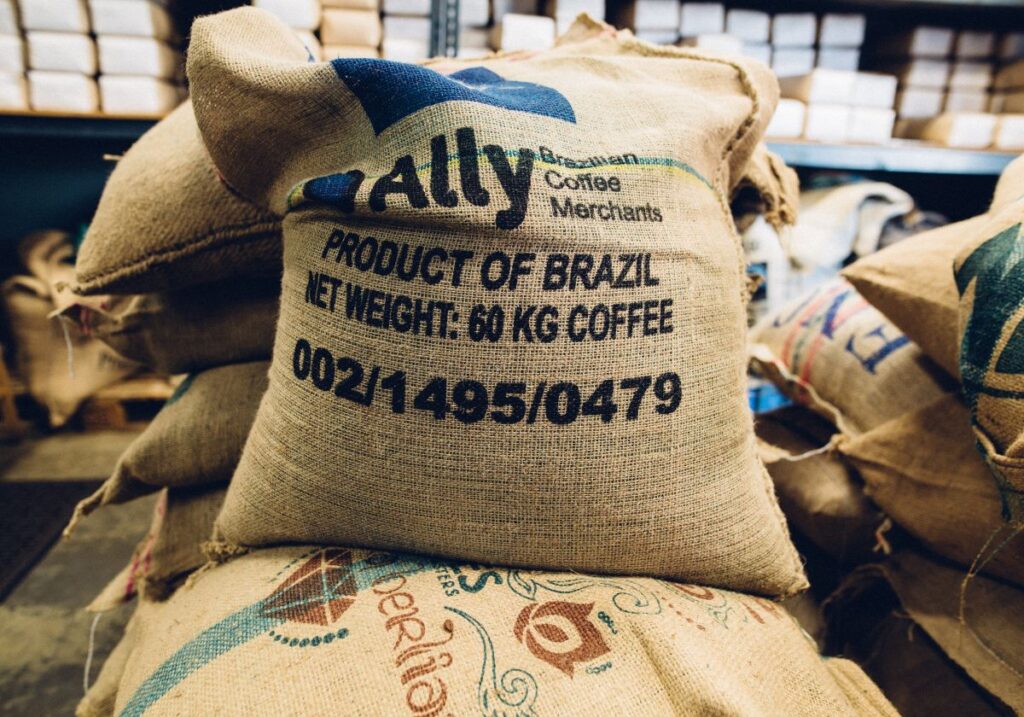
Factors to consider when comparing Arabica and Robusta coffee beans are their price and accessibility. These two factors play a crucial role in determining which coffee bean is more widely available and affordable for consumers.
When considering the price and accessibility of Arabica and Robusta coffee beans, it ultimately comes down to personal taste, budget, and the level of quality one desires in their coffee experience.
Here are five key points to consider:
- Cost Comparison: Arabica coffee beans are generally more expensive compared to Robusta. This is due to their superior quality and complex flavor profile. Robusta beans, on the other hand, are more cost-effective and often used in blends or instant coffee.
- Global Distribution: Arabica coffee beans are grown in higher altitudes and require specific climatic conditions, making them more limited in terms of global distribution. Robusta, on the contrary, is more resilient and can be grown in a wider range of climates, resulting in a more widespread availability.
- Specialty Market: Arabica beans dominate the specialty coffee market due to their unique flavors and characteristics. This exclusivity often comes with a higher price tag, catering to the niche market of coffee enthusiasts who are willing to pay a premium for a superior cup of coffee.
- Commercial Market: Robusta beans, with their higher caffeine content and lower price, are commonly used in commercial coffee blends and instant coffee. They are more accessible and affordable for mass-market consumption.
- Regional Preferences: The choice between Arabica and Robusta coffee beans also depends on regional preferences. In some countries, such as Italy, where espresso is highly valued, Robusta beans are favored for their stronger flavor and crema production.
Popularity and Consumer Preference
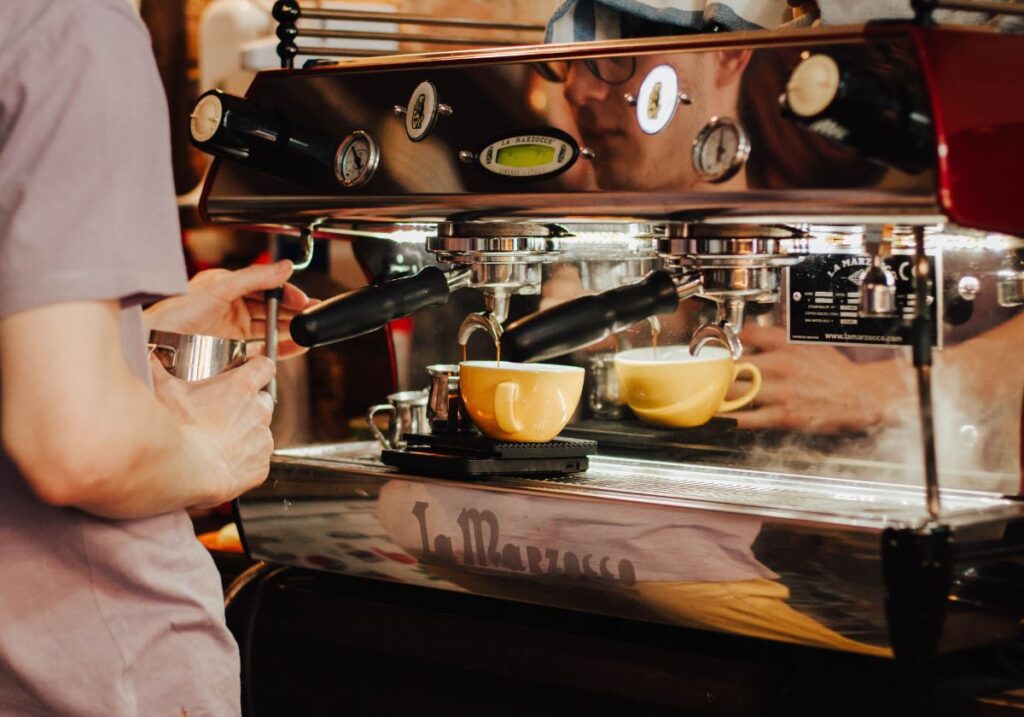
As consumer preferences continue to evolve, it is evident that the popularity of coffee beans varies significantly between Arabica and Robusta.
Arabica coffee, known for its delicate flavors and smoothness, has long been the preferred choice for coffee enthusiasts seeking a high-quality brew. Its appeal lies in its nuanced taste profiles, which can range from fruity and floral to chocolatey and nutty.
Robusta coffee, with its bold and strong flavor, has traditionally been associated with a more bitter and earthy taste. Despite this, Robusta has gained its fair share of popularity, particularly in certain regions and among consumers who prefer a stronger and more robust cup of coffee.
Consumer trends play a crucial role in shaping the market share of Arabica and Robusta coffee beans. In recent years, there has been a growing demand for specialty and artisanal coffee, with consumers seeking unique and flavorful experiences. This has worked in favor of Arabica coffee, as its complex flavors and aromatic qualities align with this trend. Additionally, the rise of third-wave coffee culture, which emphasizes the origin and quality of coffee beans, has further boosted the popularity of Arabica.
Robusta coffee still holds a significant market share, especially in mass-produced and instant coffee products. Its higher caffeine content and lower production cost make it a preferred choice for commercial coffee blends and instant coffee, catering to consumers who prioritize convenience and affordability over flavor complexity.
Frequently Asked Questions
How Does the Growing Climate Affect the Flavor and Characteristics of Arabica and Robusta Coffee Beans?
The growing conditions, such as altitude, temperature, and soil composition, significantly impact the flavor and characteristics of both Arabica and Robusta coffee beans. These factors contribute to the unique flavor profiles and qualities of each bean variety.
Are There Any Specific Regions Known for Producing High-Quality Arabica or Robusta Coffee Beans?
When it comes to high-quality arabica or robusta coffee beans, specific regions are known for their production. These regions play a crucial role in determining the flavor and characteristics of specialty coffee, as opposed to commercial coffee.
What Are the Main Differences in Taste and Aroma Between Arabica and Robusta Beans?
Arabica and Robusta are two popular coffee bean varieties, each with distinct taste and aroma profiles. Coffee enthusiasts often prefer Arabica for its nuanced flavors, while Robusta offers a stronger, more bitter taste. As for health benefits, both types of coffee provide antioxidants and potential cognitive benefits.
How Does the Caffeine Content in Arabica and Robusta Coffee Beans Compare?
Comparing the caffeine content between Arabica and Robusta coffee beans, it is important to note that Robusta beans generally contain more caffeine than Arabica beans. However, the health benefits associated with each type of coffee bean should also be considered.
Are There Any Specific Brewing Methods That Are Recommended for Arabica or Robusta Coffee Beans to Enhance Their Flavor Profiles?
Brewing methods for enhancing flavor profiles, pour-over, and espresso techniques are recommended for Arabica and Robusta coffee beans, respectively. Different roast levels, such as light for Arabica and dark for Robusta, can further enhance their distinct flavors.
Conclusion
Both arabica and robusta coffee beans have their own unique characteristics and are widely enjoyed by coffee enthusiasts around the world.
While arabica is known for its delicate flavors, higher acidity, and premium price, robusta offers a stronger, more bitter taste and higher caffeine content at a more affordable cost.
Ultimately, the choice between arabica and robusta comes down to personal preference and the desired flavor experience.



